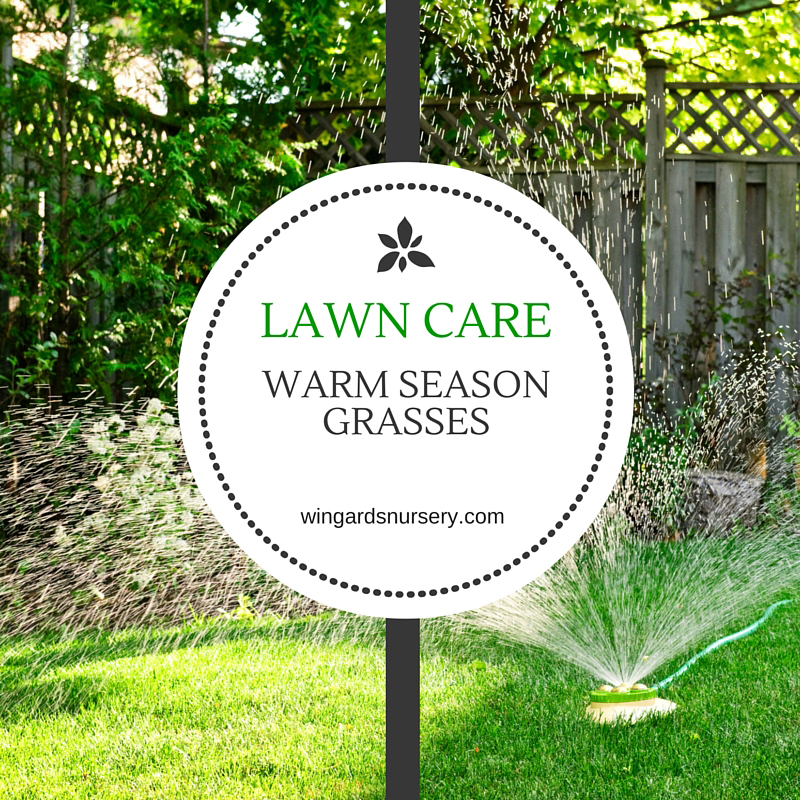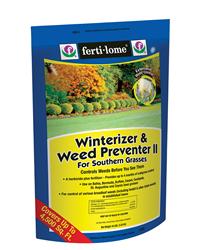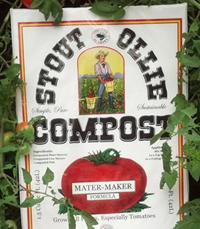
You’ve been tending to your herbs all summer long, and you’ve been enjoying their fresh flavor in all your summertime dishes. Now it’s time to start planning for winter by drying them to enjoy even longer.
Here are a few harvesting tips to get you started:
- Herbs that are harvested when their oils are at their peak will have the best flavor when dried.
- Herbs grown for their foliage should be harvested just before they flower.
- Harvest herbs that are grown for seeds as the seed pods change color from green to brown to gray, but before they open.
- Collect herb flowers, such as chamomile, just before full flower.
- Harvest herb roots, such as chicory and ginseng in the fall after the foliage fades.
To get the best flavor from dried herbs, it’s important to pick the leaves for drying at the correct point in the growing season.
When to harvest:
- Harvest early in the morning, after the dew dries, but before the heat of the day.
- Lavender, parsley, and tarragon: Harvest in June and July, just before flowering. Cut back the plants to half their height to encourage a second flowering in the fall.
- Mint: Harvest in June and July.
- Thyme, summer savory, and sweet marjoram: Harvest in July and August.
- Basil and sage: Harvest in August and September.
- Harvest early and frequently to encourage plants to produce new growth.
- Chives, basil, mint, parsley, and oregano grow back quickly and benefit from the constant pruning.
“Tender herbs in the mint family – basil, tarragon, lemon balm, and the mints have a high moisture content and will mold quickly if not dried quickly, says Clemson Cooperative Extension Service.”
Preparing your herbs for drying:
If the herbs are clean, do not wet them. Otherwise, rinse dust and dirt from the foliage, shake off the excess water, and spread the herbs out to dry on paper towels or dishcloths until all surface moisture has evaporated. Remove any dead or damaged foliage.
Hang small bunches of them upside down in a dry, cool, place such as a closet. If you are worried about them dropping leaves, suspend each bunch inside a paper bag ventilated with tears or punched holes. Close the top with a rubber band and place where the air currents will circulate through the bag.
Once the herbs are dry, their flavor is best preserved by keeping them in an airtight tin cans or tightly sealed jars. Dried herbs should be used within a year.
For a list of over 30 herbs to add to your garden, check out our publication “Basic Guidelines for Growing Herbs.“
———————————————–
Here at Wingard’s Market, we specialize in providing outstanding customer service, offer professional gardening advice, and answers to your everyday gardening questions. Stop by and visit our Beautiful Gift Shoppe and Fresh Produce Market while you stroll under century-old pecan trees. It’s truly a Garden Wonderland!
Located at 1403 North Lake Drive in Lexington, SC. Call us at (803) 359-9091

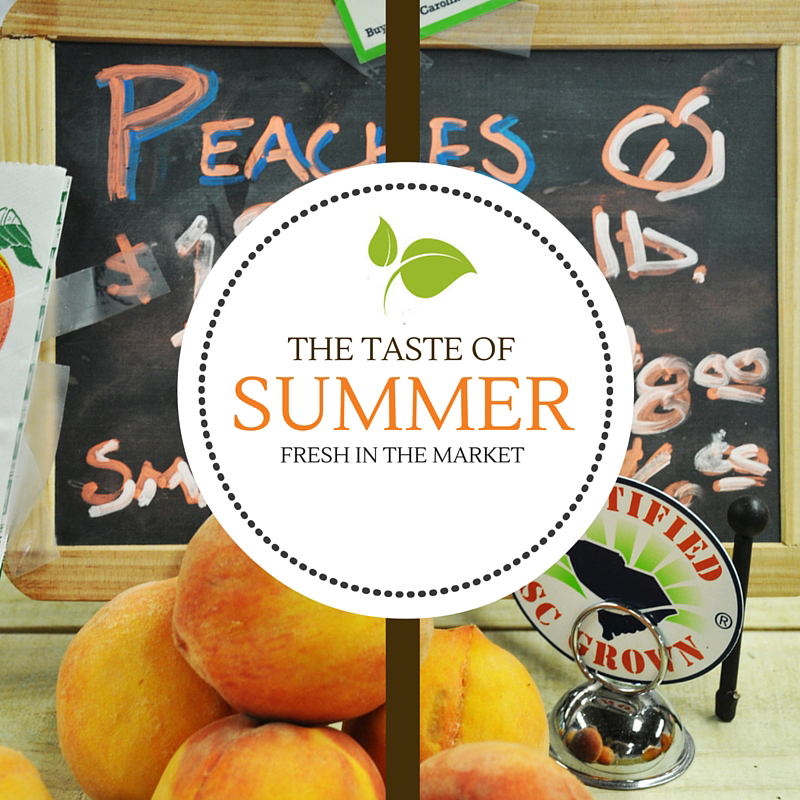
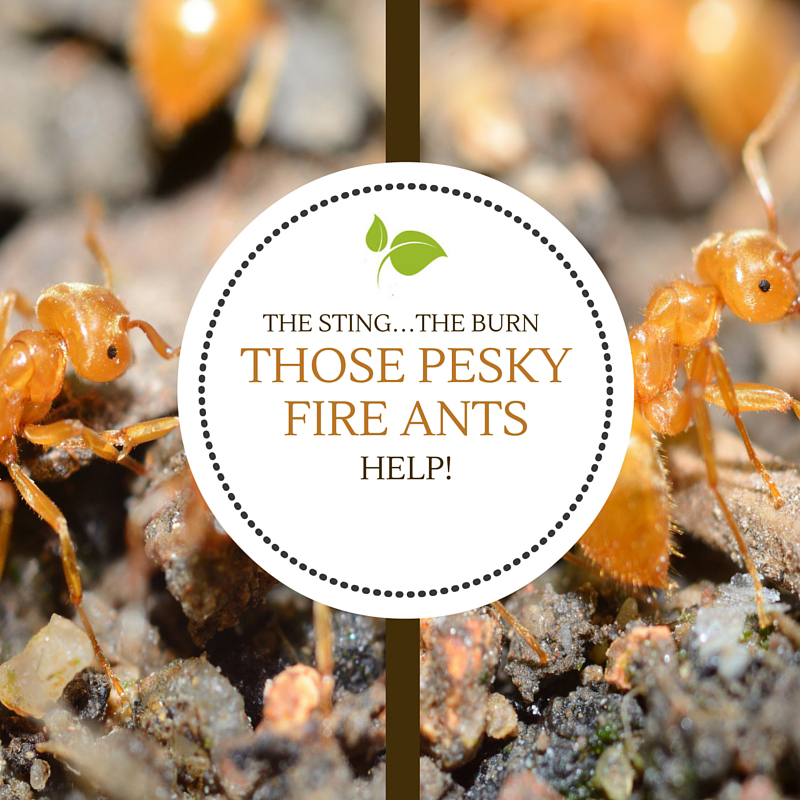
 Use granular fire ant baits (Fertilome Come & Get It) as the foundation of your fire ant control program.When used correctly, baits will give around 80 to 90 percent control, leaving a lot fewer mounds to spot treat than if you rely on mound treatments alone. Granular fire ant baits contain slow-acting insecticides or insect growth regulators that disrupt development of the immature fire ants. The key to using baits successfully is to spread them over the entire yard, rather than sprinkling them on top of individual mounds. Application rates are low, only around 1-1.5 pounds per acre, which is only a fraction of an ounce per 1,000 square feet. Worker ants will collect the granules, carry them back to the mound, and feed them to the immature ants. Baits should be applied three times per year: spring, summer, and fall.
Use granular fire ant baits (Fertilome Come & Get It) as the foundation of your fire ant control program.When used correctly, baits will give around 80 to 90 percent control, leaving a lot fewer mounds to spot treat than if you rely on mound treatments alone. Granular fire ant baits contain slow-acting insecticides or insect growth regulators that disrupt development of the immature fire ants. The key to using baits successfully is to spread them over the entire yard, rather than sprinkling them on top of individual mounds. Application rates are low, only around 1-1.5 pounds per acre, which is only a fraction of an ounce per 1,000 square feet. Worker ants will collect the granules, carry them back to the mound, and feed them to the immature ants. Baits should be applied three times per year: spring, summer, and fall.
 Keep a can of one of the dry fire ant mound treatment products (Bayer Fire Ant Killer) on hand to spot-treat mounds that survive the bait treatments.Dry mound treatments are applied directly to the mound; just sprinkle the specified amount evenly over the top of the mound and walk away. It will take a couple of days to a week for the mound to die out. For mounds that need to be controlled immediately use a liquid drench. Dilute in water as indicated on the label and pour the drench over the mound. Liquid drenches kill quickly but are more messy and time-consuming than dry mound treatments. The key to success with drenches is to use enough liquid to thoroughly soak the mound, about 1-2 gallons.
Keep a can of one of the dry fire ant mound treatment products (Bayer Fire Ant Killer) on hand to spot-treat mounds that survive the bait treatments.Dry mound treatments are applied directly to the mound; just sprinkle the specified amount evenly over the top of the mound and walk away. It will take a couple of days to a week for the mound to die out. For mounds that need to be controlled immediately use a liquid drench. Dilute in water as indicated on the label and pour the drench over the mound. Liquid drenches kill quickly but are more messy and time-consuming than dry mound treatments. The key to success with drenches is to use enough liquid to thoroughly soak the mound, about 1-2 gallons.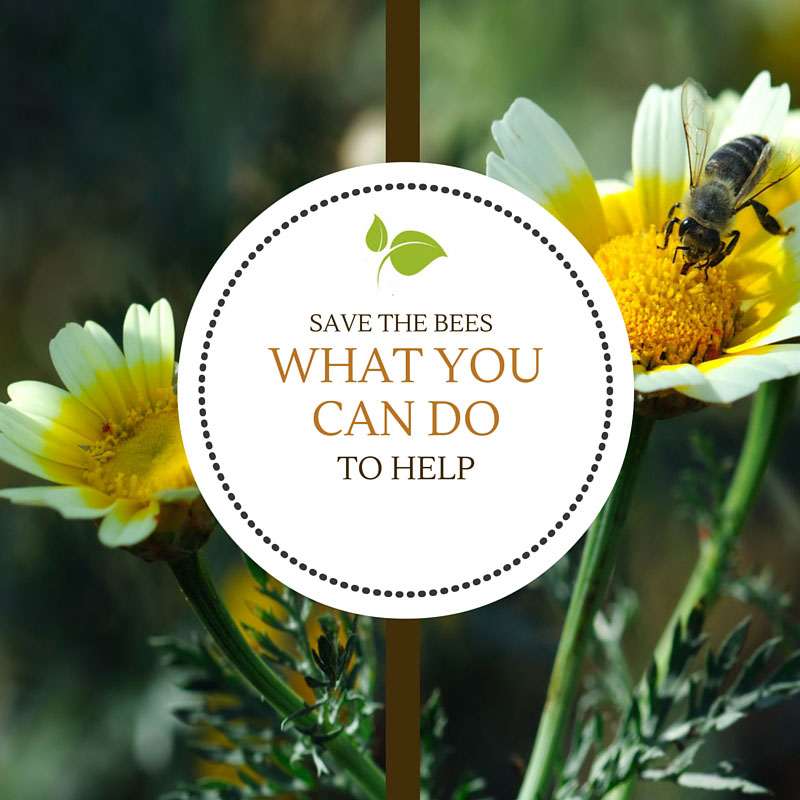
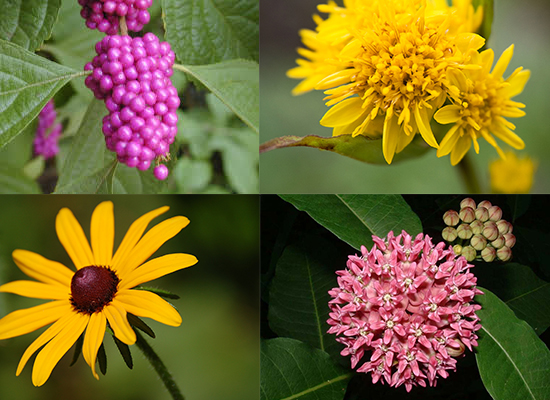
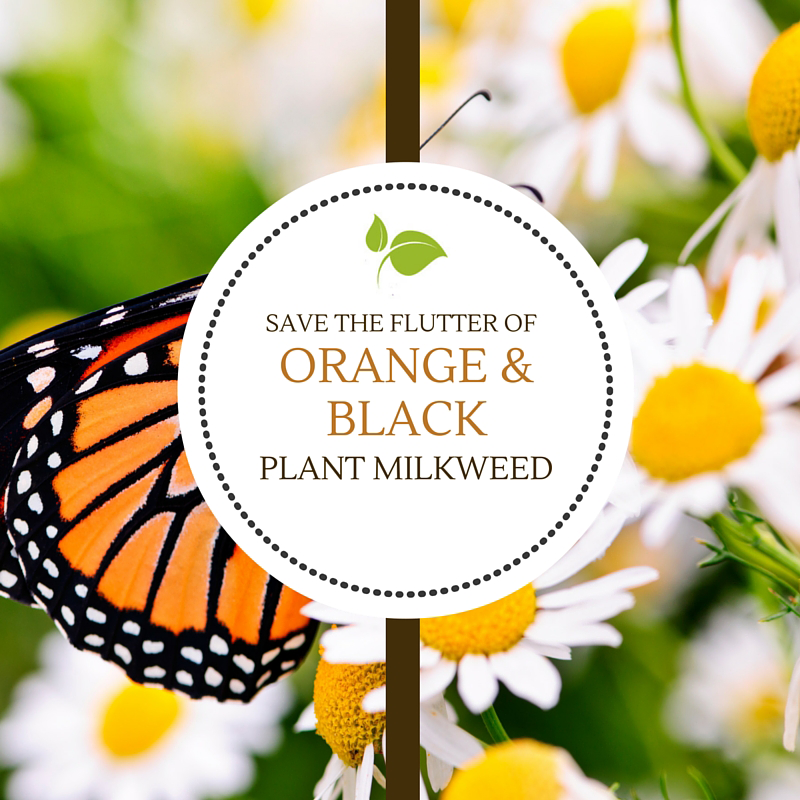

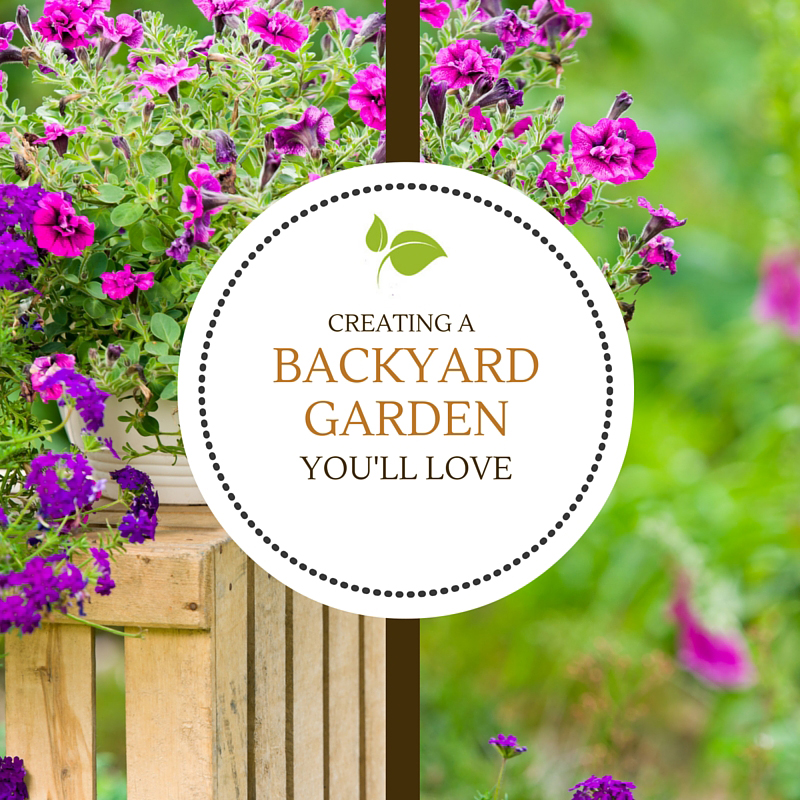
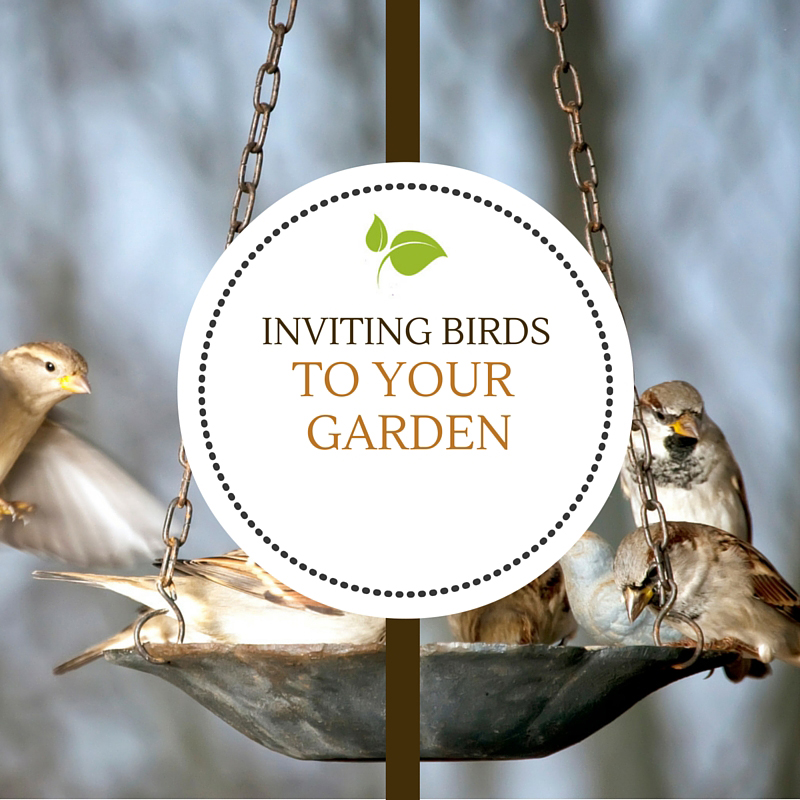


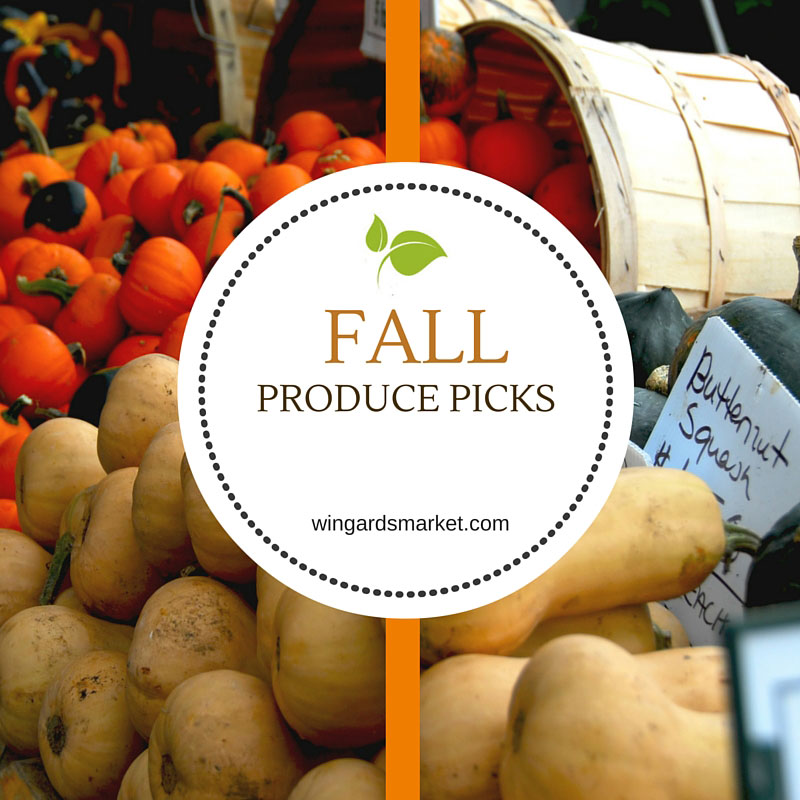
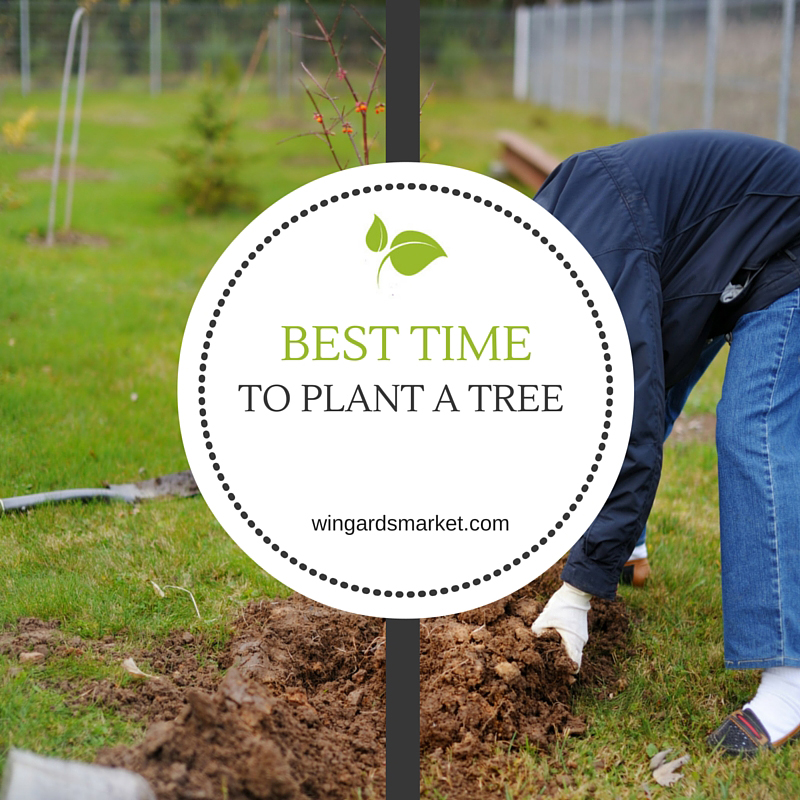
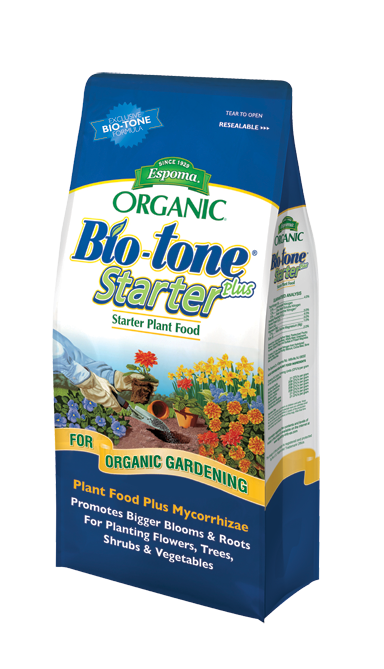 Clay Soil: If your soil type is clay, amend the soil dug from the hole by mixing with an equal amount of Wingard’s Lake Murray Soil Conditioner to promote drainage and aeration.
Clay Soil: If your soil type is clay, amend the soil dug from the hole by mixing with an equal amount of Wingard’s Lake Murray Soil Conditioner to promote drainage and aeration.